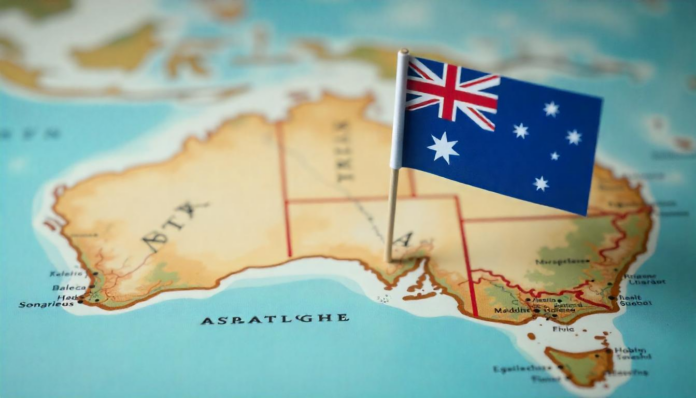
Project Acacia is transforming Australia's wholesale financial markets through CBDCs, stablecoins, and tokenized assets, positioning the country as a global leader in regulated innovation and economic digitalization.i
Australia is advancing the digital transformation of financial markets with Project Acacia, which relies on the innovation of central bank digital currencies (CBDCs) and tokenized assets. This initiative, led by the Reserve Bank of Australia (RBA) and the Digital Finance Cooperative Research Centre (DFCRC), marks a turning point in the country's economic infrastructure.
Recently, the Central Bank announced the launch of the second phase of the project, officially launched on July 10, which includes a six-month trial with 24 selected use casesNineteen of them involve real-life transactions with digital currency, while five are being developed as simulated proofs of concept. The objective, according to the bank, is to evaluate how emerging technologies can improve efficiency, liquidity, and security in the settlement of wholesale financial assets.
Participants include major Australian banks, Commonwealth Bank, ANZ, and Westpac, along with international players such as JPMorgan and various local fintechs. Public-private collaboration is becoming the driving force behind a transformation that could redefine the role of digital money in the institutional economy.
PREPARE YOUR WALLETA regulated laboratory for financial innovation
Project Acacia is being developed in a regulated and controlled environment, thanks to the support of the Australian Securities and Investments Commission (ASIC), the Australian Prudential Regulation Authority (APRA), and the National Treasury. This structure allows participants to experiment with digital assets not yet covered by current legislation, thanks to temporary regulatory exemptions granted by ASIC2.
Commissioner Kate O'Rourke stressed that These technologies can bring real improvements to wholesale markets, and controlled testing will allow the bank to prudently assess opportunities and risks. He indicated that this flexible regulatory approach seeks to balance innovation with consumer protection, a model that could inspire other jurisdictions.
Regarding use cases, which cover a wide range of assets, he noted that it's important to understand how they can transform the financial services industry, potentially driving efficiency and fostering economic growth.
These use cases range from fixed income, private markets, trade receivables, and carbon credits. Additionally, new ways of operating with RBA settlement accounts are being explored, integrating blockchain platforms such as Hedera, Redbelly Network, and R3 Corda.
Tokenization and CBDC: Catalysts for Efficiency and Security
Asset tokenization allows physical or financial assets to be converted into tradable digital representations in real time. Combining this capability with a wholesale CBDC issued and backed by a central bank achieves superior traceability, reduced operational risk, and faster transactions.
One of the project's key focuses is the repo market, where Commonwealth Bank and JPMorgan are evaluating how tokenized collateral and digital money can streamline operations and improve liquidity management. ANZ, for its part, is leading trials on tokenized accounts payable and bonds, using CBDC to facilitate secure and risk-free settlements.
This type of innovation not only optimizes internal processes but also paves the way for greater financial inclusion. By reducing dependence on intermediaries and simplifying infrastructure, more players can access financial instruments previously reserved for large institutions.

Blockchain Course
Basic levelTake this course where we explain blockchain in a clear, simple and concise way so that you have a very clear idea of what this new technology consists of.
Australia as a global benchmark in digital assets
Project Acacia positions Australia as a relevant player in the global race to develop central bank digital currencies. More than 130 countries are exploring or implementing CBDCs, but few have managed to integrate real-world testing with institutional actors and adaptive regulatory frameworks as Australia has.
Brad Jones, deputy governor of the RBA, said: “Ensuring Australia’s payments and monetary settlements are fit for purpose in the digital age is a strategic priority for the RBA and the Payments System Board.”He also emphasized that the selected use cases will help the bank and the country better understand how innovations in central banking and private digital money, along with payments infrastructure, could improve the functioning of wholesale financial markets.
The results of this phase will be published in the first quarter of 2026 and are expected to define the future of Australia's financial infrastructure. They could also influence policy decisions regarding the adoption and regulation of digital assets in other countries.
In short, the Australian experience demonstrates that financial digitalization is not just a matter of technology, but also of governance, institutional cooperation, and strategic vision. Project Acacia thus becomes a benchmark for the design of modern, secure, and efficient financial ecosystems, driven by blockchain technology and asset tokenization.
BUY CRYPTOCURRENCIES HERE


